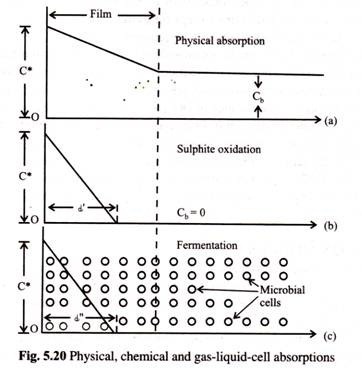Though Waller (1887) first recorded the electrocardiogram yet Einthoven (1903) was the real father of the electrocardiography. His method of recording E.C.G. through string galvanometer was followed until 1930 when it was largely replaced by the amplifier – driven oscillograph provided with direct ink recording.
Principles upon which the string galvanometer was based are as follows if an electrical current is allowed to pass through a string suspended in a magnetic field, then the string will move. In this string galvanometer there is a thin platinum wire suspended within the magnetic field created by the south and north poles of the magnets. The string suspended in such a way that it can move freely.
There is a thorough passage longitudinally through the two magnetic bars and the rays of light may be collimated through this passage in such a way so that it may fall directly over the photographic screen (Fig. 7.60).
The light source is obstructed by the movement of the galvanometric string and the nature of impression is also changed according to the movement. The two free ends of the string are attached to the body.
Electrical impulse that is initiated from the heart is transmitted all throughout the body because the body is a volume conductor. So this impulse will be transmitted through the electrodes to the string galvanometer which will vibrate in the magnetic field.
Fig. 7.61 depicts the moving coil galvanometer in which a strong magnetic field is developed between south and north poles of an electromagnet or strong permanent magnet. There is a coil of wire whose one end is suspended from above and the other end is joined with the wire below the coil. At the middle of the coil there is an attached mirror which rotates when the coil rotates.
When electrical current makes to pass through the coil of wire, one side of it moves backward in the magnetic field and the other side moves forward due to opposite direction of the current. If a ray of light is allowed to fall on the mirror as the coil rotates to left or right, the reflected beam of light can be recorded on a moving photographic paper.
This type of galvanometer requires an amplifier to make potential recorded from the surface of body. This type of galvanometer is essentially used for electrocardiographic studies due to rapidity of recording changes (several hundred cycles per second) in electrical potentials.
The direct pen recorder device is very suitable both clinically and experimentally because the nature of wave is recorded graphically and the wave is visualised on the spot.

